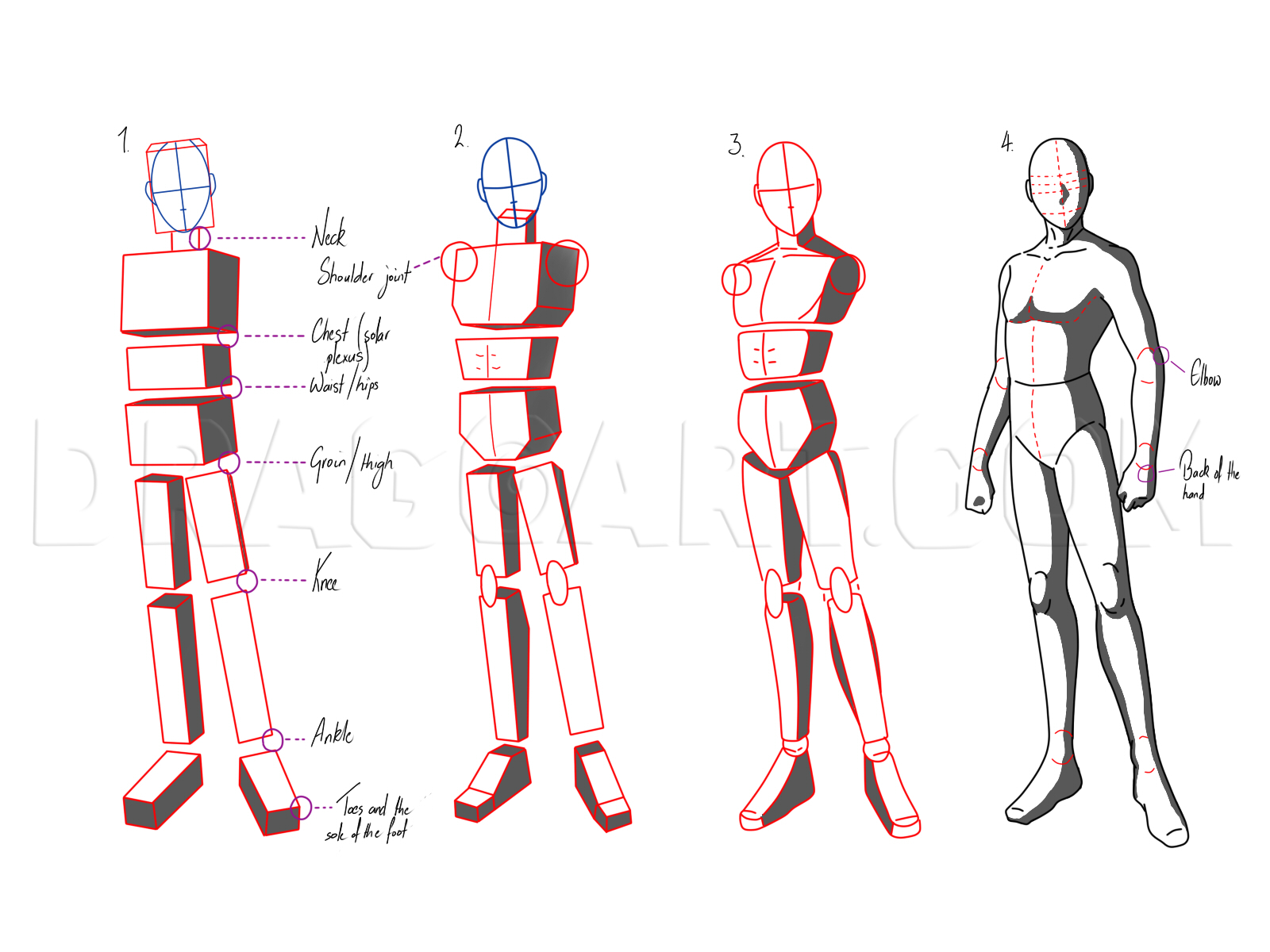
In this drawing we can see that there is a force that pushes the character in the opposite direction to her gaze. The third one simply provides greater stability to the pose. The first one covers the whole figure from head to toe, and the second one goes in the opposite direction, keeping the balance and forming an X. This time you can see three action lines, but the most important are (1) and (2), the ones that really tell the story. The next pose is more dynamic, so there are more things going on in this image. We can see it is a relaxed pose because her weight rests on a single point (3) and all she needs is to keep the balance with her left foot, which remains taut while the right one is resting. In the figure (2), we can see her action line, which covers her whole body up to the foot. The character (1) has a relaxed stance, resting on her right arm. It focuses on actions and helps to unify the whole figure.īelow you can see a couple of examples where strength, rhythm and action lines interact together. The action line is the imaginary guide that indicates your character’s movement. Strength and rhythm provide a lot of visual information you can work with: the weight of your character (1), the balance of his pose (2) or the lack of it (3). Obviously, once the cat gives in to the force, your character will fall, as the cat was what kept him standing.

If the character wants to pull something that refuses to move, his body will lean in the opposite direction. If your character is pushed to the left, his body will fall in that direction (A), unless he puts up resistance to stand (B). When two or more forces interact with each other, a rhythm is set, which provides balance and sense to the movement. They can walk, jump, dance… whatever comes to mind! But unless they are floating in space, it is not the only force that acts on them, as gravity makes their feet stay on land. Your characters move thanks to their inner strength. This is what observation means: paying attention to the details and characteristics of the body. The changes in your body don’t resemble figure A, right? For example, your shoulder also lifts, and many other parts of your body adapt to the movement as in figure B. When you raise an arm, the arm is not the only part of your body that moves, unlike how the removable extremities of dolls work. If you look at yourself in front of a mirror and start moving, you will notice that your body works as a single element.

If at any point you get curious about trying something new (which I hope you do), it never hurts to take a look at that anatomy book.Įven if your drawing style is far from realistic, the aspects that make a pose interesting and credible remain the same: strength, rhythm, action lines, construction and perspective. It’s not as difficult as it seems: observation and practice are your best tools. To draw a pose correctly, you don’t need to always carry an anatomy book with you.


 0 kommentar(er)
0 kommentar(er)
